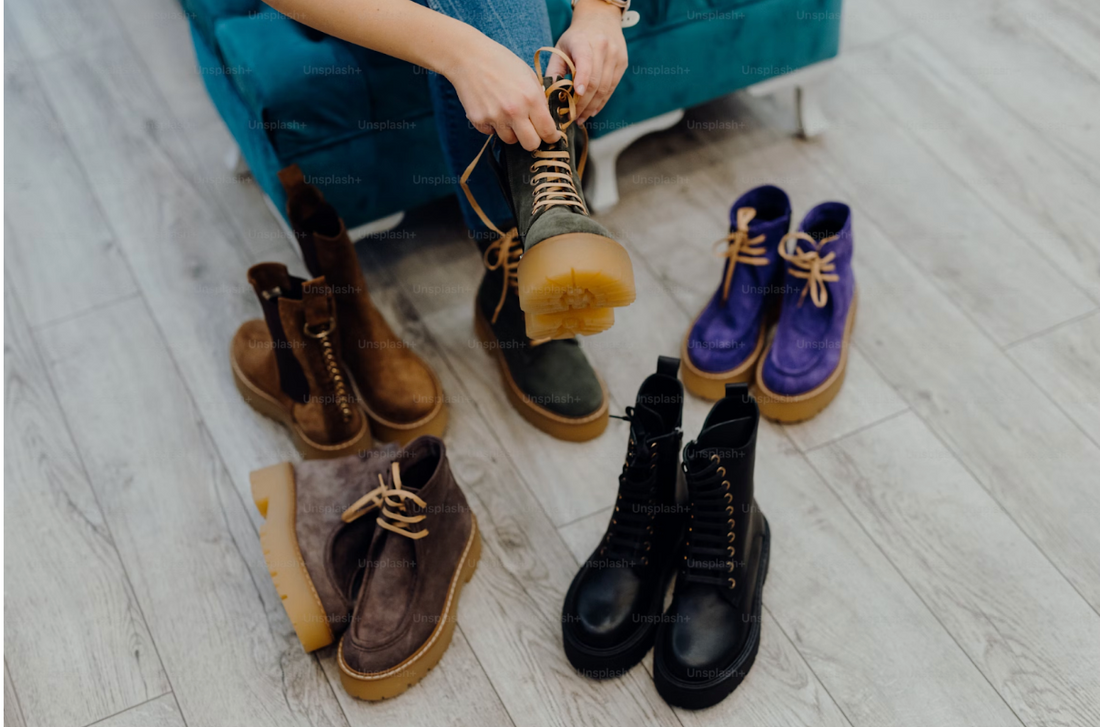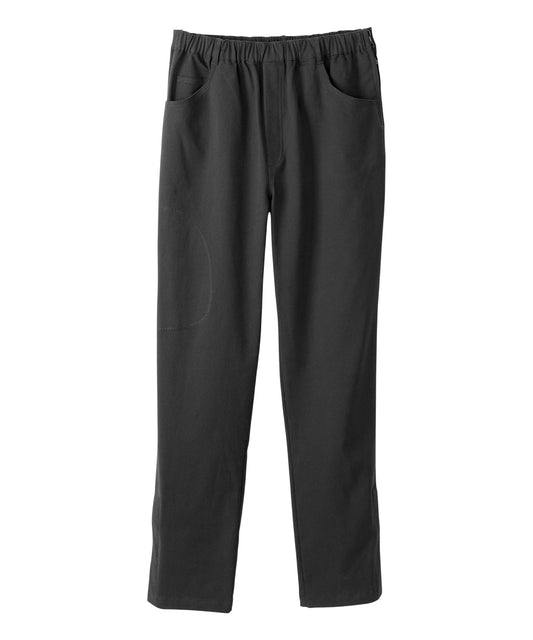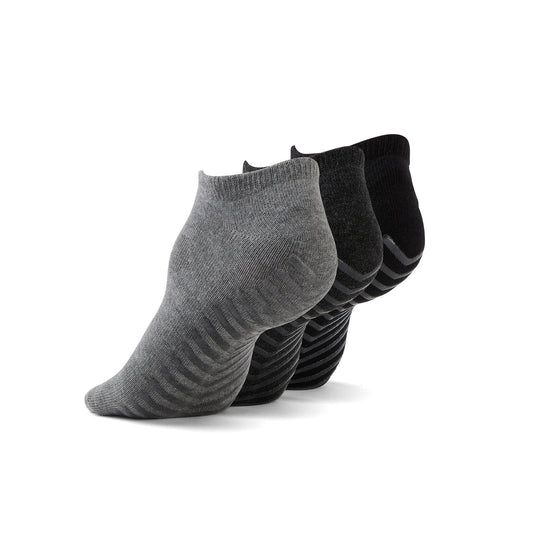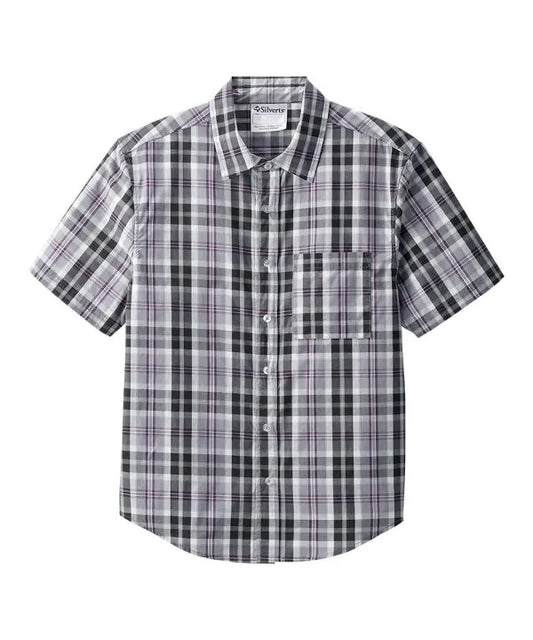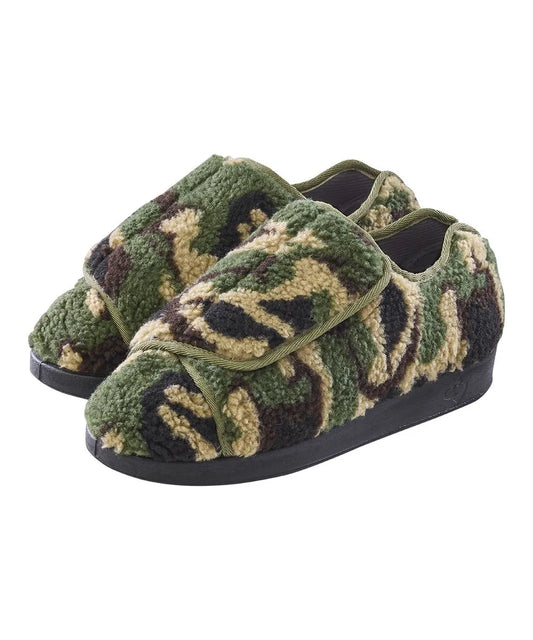Written by Preethi Gopyshankar
Swollen feet can be a challenging and uncomfortable condition that affects many people. Whether due to medical conditions or prolonged periods of standing or sitting, finding the right shoes to accommodate swollen feet is crucial for comfort and overall foot health. This blog post will explore the causes of swollen feet, how proper footwear can help, and provide essential tips for choosing the best shoes to manage this condition.
What Causes Swollen Feet and How Shoes Can Help
Swollen feet, medically known as edema, occur when excess fluid builds up in the tissues, often in the legs and feet. This swelling can be caused by various factors, including prolonged standing or sitting, obesity, medical conditions such as venous insufficiency or heart disease, certain medications, injuries, and environmental factors like heat and salt intake.
Prolonged standing or sitting can lead to fluid accumulation in the lower extremities. For instance, office workers who spend long hours seated may notice swelling in their feet by the end of the day. Similarly, individuals who stand for extended periods—such as healthcare workers or retail employees—often experience similar discomfort.
Excess body weight puts additional pressure on the feet and legs, potentially leading to swelling. Obesity can exacerbate existing foot problems while increasing the likelihood of developing new ones. Certain health issues can also cause fluid retention and swelling. Conditions such as heart disease may impair circulation, leading to fluid buildup in the lower extremities. Kidney problems can disrupt the body's ability to maintain fluid balance, resulting in swelling. Additionally, liver disease can affect blood flow and fluid regulation.
Medications may also contribute to foot swelling. Some medications prescribed for high blood pressure or hormonal treatments can lead to fluid retention as a side effect. Injuries to the foot or ankle can result in localized swelling due to inflammation and healing processes. Furthermore, environmental factors such as heat and excessive salt intake can exacerbate fluid retention; hot weather often leads to increased swelling as blood vessels expand.
Proper footwear plays a crucial role in managing swollen feet. The right shoes can provide adequate space for swollen feet to prevent compression and discomfort. They also offer support to reduce strain on the feet and legs while improving circulation by allowing proper blood flow. Furthermore, appropriate shoes can accommodate fluctuations in foot size throughout the day. For example, many notice their feet swell more during hot weather or after a long day of activity. By choosing suitable footwear, individuals with swollen feet can experience significant relief and improved mobility.
Key Features to Look for in Shoes for Swollen Feet
When selecting shoes for swollen feet, several essential features can make a substantial difference in comfort and support.
A wide toe box is critical; it allows toes to spread naturally and accommodates swelling, preventing pressure points that can lead to discomfort. Shoes with a narrow toe box can constrict toes and exacerbate swelling, leading to pain or even conditions like bunions or hammertoes over time.
Discover unparalleled comfort with the Men's Fully Supported Shoes with Side Zipper Access, designed with a wide toe box to accommodate wider feet and swelling. With patent-pending front zipper ensures easy on/off access, while the removable memory foam insoles provide dual-density support for all-day comfort. With shock-absorbing outsoles and a sensory-friendly lining, these shoes are perfect for anyone on their feet all day, offering both style and functionality.
Men's Fully Supported Shoes with Side Zipper Access White
Adjustable closures such as laces, velcro straps, or buckles enable customization of fit as swelling fluctuates throughout the day. This adaptability ensures consistent comfort and prevents the shoes from becoming too tight as your foot size changes.
Breathable materials are another important consideration when selecting footwear for swollen feet. Shoes made from breathable fabrics like leather or mesh help keep feet cool and dry, which is particularly beneficial for those prone to swelling. Poor ventilation can lead to moisture buildup inside shoes, increasing discomfort.
Introducing the Boy's Navy Red Lightweight Shoes with Front Zipper Access, featuring a breathable mesh upper that keeps little feet cool and comfortable during all-day adventures. The wide-expanding, airy material ensures maximum ventilation while accommodating wide or swelling feet, providing unrestricted movement and preventing moisture buildup. Weighing just under 5 ounces and equipped with a convenient side zipper, these shoes offer unparalleled comfort and ease for active kids ready to explore the world.
Boy's Navy Red Lightweight Shoes with Front Zipper Access
Supportive soles are essential as well; look for shoes with cushioned insoles and sturdy outsoles that provide stability and support. This feature helps distribute weight evenly across your foot while reducing pressure on specific areas that may be more susceptible to pain due to swelling.
Experience ultimate comfort with the Women's Mint Memory Foam Shoes with Front Zipper Access, designed by an Occupational Therapist for effortless wear. The removable memory foam insoles offer exceptional support throughout the day, allowing you to customize your fit with your own orthotics if desired. With a cushioned interior, padded heel collar, and a deep front toe box, these lightweight shoes are perfect for wide or swelling feet, ensuring you stay comfortable and confident on every walk.
Women's Mint Memory Foam Shoes with Front Zipper Access
Seamless construction minimizes potential irritation points by choosing shoes with minimal seams or seamless designs. This is especially important for those who may have sensitive skin or conditions like diabetes that increase susceptibility to sores.
Stretchable uppers are also advantageous; some shoes feature stretchable materials in the upper part that allow for greater flexibility and accommodation of swelling throughout the day.
Additionally, consider shoes available in multiple width options (e.g., wide or extra-wide) to provide choices for different levels of swelling throughout your day-to-day activities.
By prioritizing these features when shopping for footwear, individuals with swollen feet can find shoes that offer both comfort and functionality tailored specifically to their needs.
Top Tips for Choosing and Sizing Shoes for Swollen Feet
Selecting the right shoes for swollen feet requires careful consideration and proper sizing techniques. One important step is measuring your feet regularly since foot size can change due to swelling. It is advisable to measure both feet frequently—preferably at the end of the day when swelling is typically at its peak—to ensure an accurate fit.
Using a "girth chart" method can also be beneficial; some shoe manufacturers provide girth measurements that indicate the volume of the shoe. This information can be particularly helpful for those experiencing significant swelling who may need more room than standard shoe sizes offer.
Tracing your foot on paper is another useful technique—create a tracing of your foot and measure its length and width to use as a starting point when selecting shoe sizes. This method allows you to visualize your foot's shape accurately while providing clear measurements that you can compare against size charts from various brands.
In cases of extreme swelling, consider going up half a size to provide the necessary volume without compromising safety—avoid increasing more than one full size to prevent tripping hazards associated with overly large footwear.
Shopping for shoes later in the day ensures a better fit since feet tend to swell as time progresses during daily activities. By trying on shoes at this time, you’re more likely to find a pair that accommodates your maximum foot size comfortably.
When trying on shoes, wear your typical socks—this helps ensure an accurate fit based on how you’ll wear them daily—and bring any custom orthotics you use so you can assess whether they fit comfortably within each pair you’re considering purchasing.
Testing the shoes thoroughly is crucial; walk around in them for several minutes while checking for any pressure points or discomfort during movement. Pay attention not only to how your toes feel but also to whether there is adequate space in both length (to prevent cramping) and width (to avoid pinching).
Look for shoes with removable insoles that allow easy insertion of custom orthotics or provide extra depth if needed; this feature enables you greater flexibility when adjusting your footwear according to changing needs throughout each day.
It may also be beneficial to consider specialized brands that focus on creating footwear specifically designed for swollen feet or offer extended size ranges catering directly to those experiencing this issue regularly.
If you have persistent swelling or specific foot conditions such as diabetes or arthritis affecting mobility levels significantly over time—consulting a podiatrist can provide personalized recommendations tailored directly toward meeting individual needs effectively while ensuring optimal comfort levels are maintained consistently throughout daily activities without causing additional strain elsewhere within body structures involved during movement patterns utilized regularly each day.
It’s essential not only to not compromise on size but also to resist purchasing shoes that are too tight under any circumstances; always prioritize comfort first above all else. Remember: Ill-fitting footwear could lead not only to discomfort but potentially worsen underlying issues related directly back to the original causes behind why someone might experience chronic problems associated with their lower extremities over time.
Having multiple pairs of comfortable shoes allows you flexibility throughout each week while reducing wear-and-tear experienced by any single pair over time; this practice provides options suited toward different levels of activity encountered daily based upon various circumstances faced regularly.
Final Thoughts
In summary, finding the right footwear is essential for managing swollen feet and ensuring comfort throughout daily activities. By understanding the causes of swelling and recognizing key features in supportive shoes, individuals can make informed decisions that enhance their mobility and overall foot health. Prioritizing elements such as a wide toe box, breathable materials, and removable insoles can significantly improve the wearing experience. Additionally, employing proper sizing techniques and consulting with professionals when needed can lead to a more tailored fit.
Explore our selection of adaptive footwear at JuneAdaptive.com to discover styles that meet your needs, and subscribe to our newsletter for more helpful content on adaptive clothing and footwear.

